Home>Interior Design>Layerism: The New Maximalism In Interior Design
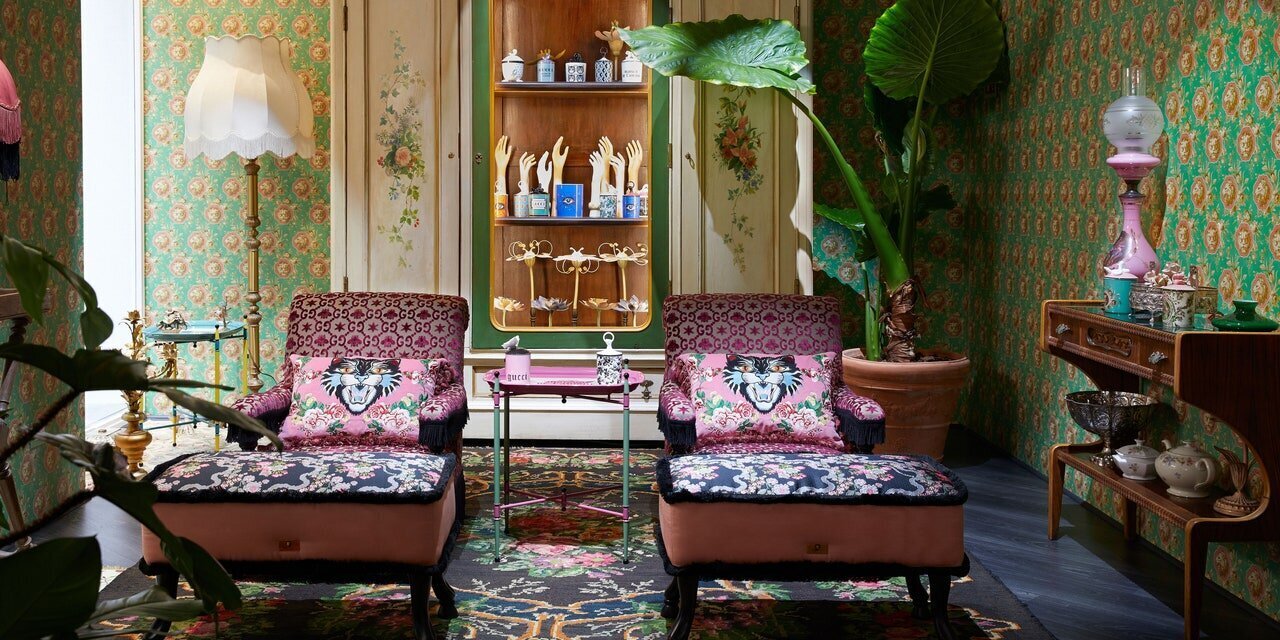

Interior Design
Layerism: The New Maximalism In Interior Design
Modified: March 25, 2024
Discover the avant-garde trend of layerism, the revolutionary design approach that brings maximalism to interior design. Experience the vibrant and dynamic possibilities of interior design with our expert team.
(Many of the links in this article redirect to a specific reviewed product. Your purchase of these products through affiliate links helps to generate commission for Storables.com, at no extra cost. Learn more)
Introduction
Interior design is an ever-evolving field, with new trends constantly emerging. One of the latest trends that has been gaining popularity is Layerism, a new maximalist approach to interior design. Layerism is all about creating rich, dynamic spaces by layering different elements, textures, and styles. It embraces a more expressive and eclectic design aesthetic, where more is definitely more.
Layerism is a departure from the minimalistic approach that has dominated interior design in recent years. While minimalism focuses on simplicity, clean lines, and a more pared-down aesthetic, Layerism embraces the concept of abundance and variety. It allows for the incorporation of multiple layers of colors, textures, patterns, and styles, resulting in visually stimulating and multi-dimensional spaces.
The principles of Layerism revolve around creating a harmonious and balanced composition of diverse elements. It encourages the use of color, texture, and patterns to add depth and visual interest to a space. Layerism also promotes the mixing and matching of furniture and accessories from different styles and eras, creating a curated and unique look. It is about creating a space that tells a story through the layers of design elements, providing a rich and engaging experience for the inhabitant.
In this article, we will explore the principles, key elements, and techniques of Layerism in interior design. We will discuss the use of color, textures, patterns, and layering of furniture and accessories. We will also examine how Layerism can be applied in different spaces – from residential settings such as the living room, bedroom, and kitchen, to commercial spaces. Additionally, we will delve into the pros and cons of Layerism and provide examples of stunning Layerism designs.
Get ready to dive into the world of Layerism, where maximalism meets creativity and indulgence. Let’s explore how this new interior design trend can transform spaces into captivating and dynamic environments.
Key Takeaways:
- Layerism in interior design embraces depth, visual interest, and personal expression through the strategic layering of colors, textures, patterns, and styles, creating visually captivating and dynamic environments.
- While Layerism offers creative freedom and storytelling opportunities, achieving balance and avoiding overwhelming the space are crucial considerations. Examples showcase the diverse and immersive potential of Layerism in interior design.
Read more: How To Layer Rugs In Living Room
Definition of Layerism
Layerism can be defined as a design approach that revolves around the concept of layering different elements, textures, and styles to create visually rich and dynamic spaces. It is a departure from the minimalist design aesthetic, embracing a more expressive and eclectic approach.
At its core, Layerism is about creating a sense of depth and dimension through the layering of colors, patterns, and textures. It is a way to add visual interest and complexity to a space, creating a multi-dimensional and immersive experience.
The layering concept in Layerism extends beyond just the visual aspects. It also incorporates layering in terms of functionality and purpose. For example, a space can be designed with different layers to serve specific functions, such as a reading nook, a conversation area, or a workspace.
Layerism encourages the exploration of different design elements, including furniture, accessories, textiles, art, and lighting. It is not bound by a specific style or era but rather embraces a mix of styles and influences. This allows for a more personalized and unique design expression.
One of the key aspects of Layerism is the idea of storytelling through design. Each layer represents a different element of the story, creating a narrative within the space. Whether it is through contrasting colors, textural variations, or the juxtaposition of different styles, Layerism allows designers to create spaces that evoke emotion and engage the senses.
Layerism is a flexible design approach that can be applied to various spaces, from residential interiors to commercial establishments. It offers endless possibilities for creativity and self-expression, allowing designers to create truly one-of-a-kind environments.
In summary, Layerism is a design philosophy that revolves around the concept of layering different elements, textures, and styles to create visually rich and dynamic spaces. It embraces a more expressive and eclectic approach, encouraging the exploration of various design elements and the creation of narratives within the space. It is a trend that offers boundless opportunities for creativity and personalization in interior design.
Principles of Layerism in Interior Design
Layerism, as a design approach, is guided by several principles that help create visually engaging and harmonious spaces. These principles revolve around the concepts of layering, balance, and storytelling. Let’s explore the key principles of Layerism in interior design:
- Layering: Layering is at the core of Layerism. It involves the intentional placement of different design elements to create depth and dimension. This can include layering colors, textures, patterns, and even furniture arrangements. By skillfully layering these elements, designers can add visual interest and complexity to a space.
- Balance: Achieving balance is crucial in Layerism. With the abundance of design elements, it is important to strike a balance between different layers to avoid overwhelming the space. This balance can be achieved by considering factors such as proportion, scale, and visual weight. By ensuring that each layer complements and harmonizes with the others, a sense of equilibrium can be achieved.
- Storytelling: Layerism provides an opportunity to tell a story within the space. Each layer can represent a different aspect of the narrative, creating a cohesive and meaningful design concept. This storytelling approach adds depth and emotional connection to the space, making it a more engaging and personalized environment.
- Contrast: Contrast is an essential element in Layerism. It helps create visual impact and adds interest to the space. This can be achieved through contrasting colors, textures, patterns, or even styles. Contrasting elements can create a dynamic and energetic atmosphere, enhancing the overall layering effect.
- Harmony: While Layerism embraces the concept of abundance, it is important to create harmony within the layers. By ensuring that there is a sense of cohesiveness and unity, the layers can work together seamlessly. This can be achieved through thoughtful color schemes, coordinating patterns, and finding common threads that tie the layers together.
- Detail and Depth: Layerism allows for the incorporation of intricate details and a sense of depth. By paying attention to the smallest details, such as embellishments, trims, or intricate patterns, designers can add richness and visual depth to the space. This attention to detail enhances the overall layering effect, resulting in a more visually engaging environment.
These principles of Layerism guide designers in creating captivating and dynamic spaces that go beyond the traditional minimalist approach. By embracing layering, balance, storytelling, contrast, harmony, and attention to detail, designers can embark on an exciting journey of creative expression and create interiors that are visually stunning and emotionally captivating.
Layerism versus Minimalism
Layerism and minimalism are two contrasting design approaches that represent different philosophies in interior design. While both approaches have their merits, they offer distinct aesthetics and principles. Let’s explore the key differences between Layerism and minimalism:
Design Aesthetics:
Minimalism is characterized by simplicity, clean lines, and a pared-down aesthetic. It promotes a clutter-free and uncluttered environment, with a focus on functionality and minimal ornamentation. Spaces designed in this style often feature neutral color palettes, open spaces, and a sense of tranquility.
On the other hand, Layerism embraces a more expressive and eclectic design aesthetic. It celebrates abundance and variety, incorporating multiple layers of colors, textures, patterns, and styles. Layerism spaces are visually rich and dynamic, with a sense of depth and dimension. They often feature bold color choices, intricate patterns, and an eclectic mix of furniture and accessories.
Approach to Design:
Minimalism emphasizes the concept of “less is more.” It encourages the elimination of unnecessary elements and focuses on essential functionality. In minimalism, each design decision is carefully considered to create a sense of simplicity and clarity. The goal is to achieve a sense of calm and tranquility through a minimalist approach.
Layerism, on the other hand, embraces the concept of “more is more.” It encourages the layering of different design elements to create depth, visual interest, and complexity. Layerism allows for the exploration of various styles, textures, and colors, resulting in a more visually stimulating and dynamic space. The goal of Layerism is to create a multi-dimensional and immersive experience.
Use of Space:
Minimalism often prioritizes open space and a sense of airiness. Furniture and accessories are kept to a minimum, and the focus is on creating a sense of spaciousness. It promotes functionality and efficient use of space, with a minimalist aesthetic that can be especially suited for smaller environments.
Layerism, on the other hand, embraces a more maximalist approach to space utilization. It allows for the layering of furniture, accessories, and design elements, resulting in a visually rich and diverse environment. Layerism spaces often feel cozy and inviting, with a sense of personality and individuality.
Expression and Individuality:
Minimalism often conveys a sense of uniformity and neutrality. It focuses on creating a timeless and serene environment. While minimalism allows for personal touches, the emphasis is on simplicity and understated elegance, rather than individualistic expression.
Layerism, in contrast, celebrates individuality and personal expression. It encourages the incorporation of personal artifacts, eclectic furniture pieces, and unique design elements. Layerism spaces are often curated and tell a story about the inhabitant, embracing a sense of self-expression and creativity.
While minimalism and Layerism offer different aesthetics and principles, it’s important to note that these design approaches are not necessarily mutually exclusive. They can be adapted and mixed to create a personalized blend that suits individual preferences. Ultimately, the choice between minimalism and Layerism depends on the desired atmosphere, style, and level of visual stimulation that one wishes to achieve in their interior spaces.
Key Elements of Layerism
Layerism, as a design approach, incorporates several key elements that contribute to its distinctive aesthetic and visual impact. These elements work together to create dynamic and visually engaging spaces. Let’s explore the key elements of Layerism:
- Color: Color plays a crucial role in Layerism. It allows designers to create depth and visual interest by incorporating a variety of complementary or contrasting colors. Layerism often features a rich palette, including bold and vibrant hues, creating a visually stimulating environment.
- Textures: Layerism embraces the use of different textures to add depth and tactile interest to a space. By combining smooth surfaces with rough or textured materials, designers can create a sense of visual and sensory richness. This can be achieved through the use of fabrics, wall coverings, flooring materials, and decorative elements.
- Patterns: Patterns are another key element of Layerism. By incorporating various patterns, such as geometric, floral, or abstract designs, designers can create additional layers of visual interest. Layerism encourages the mixing and matching of different patterns, creating a vibrant and eclectic look.
- Furniture and Accessories: Layerism allows for the layering of furniture and accessories from different styles and eras. Mixing vintage and modern pieces, incorporating diverse shapes and sizes, and featuring decorative accessories can add depth and personality to a space. Layerism encourages an eclectic collection of furniture and accessories to create a visually diverse environment.
- Lighting: Lighting is an essential element in Layerism. Different layers of lighting, such as ambient, task, and accent lighting, add depth and dimension to a space. Layerism often incorporates a variety of lighting fixtures, including chandeliers, pendant lights, floor lamps, and table lamps, to create a layered and dramatic lighting effect.
- Art and Decor: Layerism offers an opportunity to showcase a variety of art and decorative elements. By layering artwork, sculptures, and decorative objects, designers can add visual interest and personality to a space. Layerism encourages the display of personal collections and curated assortments of decorative items to create a visually stimulating environment.
- Textiles: Layerism utilizes different textiles to add warmth, texture, and visual depth. Incorporating a variety of fabrics, such as curtains, rugs, upholstery, and cushions, can create a layered and cozy atmosphere. Layerism often features the use of richly patterned and textured textiles to enhance the visual impact of the space.
These key elements of Layerism work together to create visually dynamic and engaging spaces. Through the intentional layering of color, texture, patterns, furniture, lighting, art, and textiles, designers can achieve a multi-dimensional and immersive environment that reflects the individuality and creativity of the inhabitant.
Read more: How To Maximize Small Living Room
Use of Color in Layerism
Color is a vital element in Layerism, as it plays a significant role in creating depth, visual interest, and emotional impact. Layerism embraces the use of color to add vibrancy and personality to a space. Let’s explore how color is utilized in Layerism:
Rich Color Palette: Layerism often features a rich and diverse color palette. Bold and vibrant colors are commonly used to create a visually stimulating environment. Deep jewel tones, daring hues, and unique color combinations are embraced to add depth and create a vibrant atmosphere.
Layering of Colors: Layerism incorporates the layering of different colors within a space. Designers use multiple colors to create depth and dimension. By layering colors on walls, furniture, accessories, and textiles, designers can add visual interest and complexity. Layerism allows for the juxtaposition of complementary or contrasting colors, creating a visually dynamic environment.
Color Blocking: Color blocking is a technique often employed in Layerism. This involves the use of large blocks or sections of color within a space. By strategically placing contrasting or coordinating colors next to each other, designers can create a bold and visually impactful effect. Color blocking can be achieved through painted walls, furniture upholstery, or even through the use of decorative objects or artwork.
Accent Colors: In Layerism, accent colors are used to create focal points and draw attention to specific areas or elements within a space. By introducing pops of color through furniture, artwork, or accessories, designers can create visual impact and add an element of surprise and excitement. Accent colors can be used harmoniously or in contrast to the overall color palette, depending on the desired effect.
Color Coordination: While Layerism embraces the use of diverse colors, coordination is still essential to create a harmonious and visually pleasing space. Designers carefully consider color schemes and ensure that the chosen colors work together cohesively. This coordination can be achieved through a complementary color scheme, an analogous color scheme, or by using shades and variations of the same color to create a sense of unity.
Color and Emotion: Layerism recognizes the emotional impact that color can have on a space. Different colors evoke different emotions and moods. In Layerism, the selection of colors is often intentional, with the aim of creating a desired atmosphere. Warm colors, such as reds and oranges, can create a cozy and energetic ambiance, while cool colors like blues and greens can evoke a sense of calm and tranquility. The use of color in Layerism allows designers to manipulate emotions and create a specific ambiance within a space.
When utilizing color in Layerism, it’s important to consider the overall design concept and the desired effect. The careful layering and coordination of colors can transform a space and create a visually dynamic and emotionally engaging environment. By embracing the bold use of color, Layerism offers endless opportunities for self-expression and creativity in interior design.
Textures and Patterns in Layerism
In Layerism, textures and patterns play a crucial role in creating visually dynamic and tactilely interesting spaces. Layering different textures and patterns adds depth, dimension, and a touch of personality to interiors. Let’s explore how textures and patterns are utilized in Layerism:
Textures:
Layerism embraces the use of diverse textures to create visual interest and tactile richness. Different textures can be incorporated through various materials, finishes, and surfaces. Some common textures used in Layerism include:
- Soft and Smooth: Layerism often incorporates soft and smooth textures such as plush rugs, velvet upholstery, and silky drapes. These textures add a luxurious and cozy feel to the space while creating a contrast with other textures.
- Rough and Rustic: Layerism also includes rough and rustic textures like exposed brick walls, distressed wood finishes, or natural stone surfaces. These textures bring a sense of authenticity and rustic charm, adding depth and character to the space.
- Textured and Tactile: Layerism explores textured and tactile materials, such as woven fabrics, ribbed surfaces, intricate wall coverings, or 3D tile patterns. These textures invite touch and create a sensory experience, enhancing the overall layering effect.
Patterns:
Patterns are another key element in Layerism, adding visual interest, energy, and personality to a space. Various patterns can be incorporated in different ways, including:
- Geometric Patterns: Layerism often incorporates geometric patterns, such as chevron, herringbone, or hexagonal designs. These patterns add structure and a touch of modernity to the space, creating a visually dynamic effect.
- Floral and Botanical Patterns: Layerism embraces floral and botanical patterns, bringing a sense of nature and whimsy into the space. Designs with vibrant flowers or tropical motifs can create a lively and energetic atmosphere.
- Abstract and Artistic Patterns: Layerism allows for the use of abstract or artistic patterns, including bold brushstrokes, eclectic designs, or graphic prints. These patterns add a sense of creativity and individuality, making a strong design statement.
- Mixing and Matching Patterns: Layerism encourages the mixing and matching of different patterns within a space. By carefully combining various patterns, such as stripes, polka dots, or animal prints, designers can create a visually eclectic and layered look.
When incorporating textures and patterns in Layerism, it’s important to strike a balance and create harmony. Designers carefully consider the visual and tactile contrast between different textures and ensure they complement and enhance one another. Similarly, when incorporating patterns, designers take into account the scale, proportion, and coordination between patterns to create a cohesive and visually pleasing composition.
Textures and patterns in Layerism add a sense of depth, personality, and sensory engagement to interior spaces. By skillfully layering different textures and incorporating diverse patterns, designers can create visually stunning and dynamically textured environments that truly embrace the essence of Layerism.
Layering Furniture and Accessories
Layering furniture and accessories is a key aspect of Layerism, creating depth, visual interest, and a curated look within interior spaces. By skillfully layering different elements, designers can achieve a visually dynamic and personalized environment. Let’s explore how furniture and accessories can be layered in Layerism:
Mixing Furniture Styles:
Layerism encourages the mixing of furniture styles to create an eclectic and unique look. Combining furniture pieces from different eras, such as vintage and contemporary, can add depth and personality to a space. For example, pairing a mid-century modern sofa with a rustic farmhouse coffee table creates an interesting juxtaposition that adds visual intrigue to the room.
Grouping Furniture:
Layerism involves grouping furniture to create different layers within a space. Instead of having all furniture pieces against the walls, Layerism encourages creating conversational groupings or cozy nooks. Arranging furniture pieces in clusters can create visual interest and a more intimate atmosphere. For example, grouping a pair of armchairs with a side table and a floor lamp can create a cozy reading corner.
Contrasting Textures and Colors:
Layerism embraces the use of contrasting textures and colors in furniture and accessories. Mixing different textures, such as a smooth leather sofa with a velvet ottoman, adds depth and tactile interest to the space. Similarly, incorporating furniture pieces in contrasting colors, such as a vibrant accent chair against a neutral backdrop, creates visual impact and adds personality to the room.
Layering Accessories:
In addition to furniture, layering accessories is a crucial element in Layerism. Accessories, such as cushions, throws, rugs, and artwork, contribute to the layering effect and create a curated look. Layerism encourages using a variety of textures, patterns, and colors in accessories to add depth and visual interest. For example, layering different patterned cushions or overlapping rugs creates a visually dynamic and textured look.
Creating Vertical Layers:
Layerism incorporates vertical layering, taking advantage of wall space to add depth and interest. By hanging artwork, mirrors, or decorative elements at different heights, designers can create vertical layers that draw the eye upward and add visual complexity. For example, arranging a gallery wall of various-sized artwork or placing shelves with curated objects adds depth and dimension to a room.
Considering Proportion and Scale:
When layering furniture and accessories, it’s essential to consider proportion and scale. Ensuring that furniture and accessories are well-suited to the space, and to each other, is crucial to achieving a visually balanced composition. For example, balancing a statement piece of furniture with smaller complementary pieces creates a cohesive and harmonious look.
Layering furniture and accessories in Layerism is about creating a space that tells a story through the layers of design elements. By mixing furniture styles, grouping furniture, incorporating contrasting textures and colors, layering accessories, creating vertical layers, and considering proportion and scale, designers can achieve a visually engaging and personalized environment that truly embraces the essence of Layerism.
When embracing layerism in interior design, focus on mixing different textures, patterns, and materials to create a visually rich and dynamic space. Don’t be afraid to layer bold colors and incorporate a variety of decorative elements for a maximalist look.
Incorporating Different Styles and Eras
In Layerism, the blending of different styles and eras is encouraged to create a visually eclectic and personalized space. This approach allows for the incorporation of furniture, decor, and design elements from various periods and design movements. By embracing diverse styles and eras, Layerism can create a unique and harmonious look within interior spaces. Let’s explore how different styles and eras can be incorporated in Layerism:
Mixing Furniture Styles:
One way to incorporate different styles and eras is by mixing furniture pieces from various design movements. For example, pairing a contemporary sofa with a vintage coffee table adds an interesting juxtaposition that adds depth and visual interest to the space. Mixing styles like mid-century modern, industrial, or bohemian can create a unique and eclectic look that defines Layerism.
Contrasting Design Elements:
Layerism embraces the contrast of different design elements to bring a sense of excitement and visual stimulation to a space. For instance, juxtaposing sleek, minimalistic furniture with ornate, traditional decorative elements creates an intriguing contrast that adds depth and character to the room. The key is to find a balance between contrasting elements to create a harmonious composition.
Layering Patterns and Textures:
Incorporating different patterns and textures is another way to blend styles and eras. Layerism allows for the combination of diverse patterns, such as geometric, floral, or abstract designs, within a single space. Additionally, layering textures, such as smooth surfaces with rough or textured materials, adds depth and tactile interest to the room. By carefully balancing the patterns and textures, a cohesive and visually dynamic look can be achieved.
Accents and Artifacts:
Incorporating accent pieces and artifacts from different styles and eras can add a unique touch to Layerism. These can include statement-making pieces like an antique chandelier, a vintage rug, or a modern sculpture. Such accents and artifacts act as focal points and add personality to the space, creating a layered and visually intriguing environment.
Coordinating Design Elements:
While Layerism allows for the incorporation of diverse styles and eras, it’s important to establish a cohesive design language throughout the space. By coordinating certain design elements, such as color palettes, materials, or finishes, designers can create a unified look and prevent the space from feeling disjointed. This coordination ensures a harmonious balance between the different styles and eras incorporated in the design.
Curating a Personalized Collection:
Layerism provides an opportunity to curate a personalized collection of furniture, accessories, and decor items. By selecting pieces that resonate with the individual’s style and preferences, a unique and meaningful space can be created. This personalized collection can include treasured items and souvenirs from different eras, adding a personal touch to the Layerism design.
Incorporating different styles and eras in Layerism allows for a creative and personalized approach to interior design. By mixing furniture styles, contrasting design elements, layering patterns and textures, incorporating accent pieces, coordinating design elements, and curating a personalized collection, designers can create visually eclectic and harmonious spaces that celebrate individuality and creativity.
Read more: What Is Interior Design?
Creating Balance and Harmony in Layerism
One of the fundamental principles of Layerism is creating a sense of balance and harmony within the layers of design elements. With the variety of colors, textures, patterns, and styles incorporated in Layerism, it becomes crucial to establish cohesion and ensure that the space feels visually pleasing and harmonious. Let’s explore how balance and harmony can be achieved in Layerism:
Proportion and Scale:
Consideration of proportion and scale is essential in Layerism. Ensuring that furniture and accessories are well-suited to the space and to each other helps achieve a visually balanced composition. For example, balancing a large statement piece with smaller complementary pieces or arranging furniture and decor elements to create visual equilibrium enhances the overall sense of harmony.
Color Coordination:
In Layerism, even with the abundance of colors, it is important to create a harmonious color scheme. Selecting a cohesive color palette or focusing on complementary colors can help establish visual coherence within the space. Balancing vibrant colors with neutral tones and using accent colors strategically can create a sense of balance and harmony while still allowing for the vibrant and dynamic aesthetic of Layerism.
Texture and Pattern Placement:
Layerism encourages the intentional placement of different textures and patterns to create visual interest without overwhelming the space. Balancing rough and smooth textures or coordinating patterns with a harmonious color palette ensures a cohesive and visually pleasing layering effect. Placing contrasting textures or patterns strategically throughout the space creates balance and keeps the design dynamic yet harmonious.
Visual Weight:
In Layerism, it’s important to distribute visual weight within the space to create a sense of balance. Careful consideration should be given to the placement of larger furniture pieces, artwork, or statement accessories. Distributing these elements evenly throughout the room or creating intentional focal points helps achieve balance and prevents any particular area from overpowering the rest of the space.
Flow and Movement:
Creating a sense of flow and movement in Layerism adds to the overall harmony of the space. Layout and arrangement of furniture and accessories should allow for smooth circulation and a sense of cohesion between different areas. Consideration should be given to the pathways and sightlines within the space, ensuring that they flow naturally and connect the various layers seamlessly.
Curated Composition:
In Layerism, a curated composition helps achieve balance and harmony by carefully arranging and selecting the layering elements. Consideration should be given to the visual relationships between different design elements. Intentionally arranging furniture, artwork, and accessories creates a curated and harmonious composition that guides the viewer’s eye throughout the space.
Seeking Visual Rest:
While Layerism is about visual stimulation, it’s also important to create areas of visual rest within the space. Including areas with more neutral or calm design elements allows the eye to rest and prevents the space from feeling overwhelming. This visual rest helps create a balance and harmony between the layers in Layerism.
By considering proportion and scale, color coordination, texture and pattern placement, visual weight, flow and movement, curated composition, and areas of visual rest, designers can achieve a sense of balance and harmony within the layers of Layerism. Creating a visually pleasing and harmonious environment enhances the overall aesthetic and enjoyment of the space, while still embracing the dynamic and eclectic style of Layerism.
Layerism in Different Spaces: Living Room, Bedroom, Kitchen
Layerism, with its emphasis on depth, visual interest, and personal expression, can be applied to various spaces in a home. Let’s explore how Layerism can be incorporated into the design of living rooms, bedrooms, and kitchens:
Living Room:
In the living room, Layerism can create a visually dynamic and inviting space. Start by layering different textures and patterns on the sofa through cushions and throws. Mix and match furniture styles, such as a modern coffee table with vintage-inspired armchairs. Add depth through wall art, mirrors, and shelves that incorporate various sizes, styles, and materials. Incorporate layered lighting, including floor lamps, table lamps, and statement pendant lights, to create visual interest and enhance the ambiance. Be sure to incorporate contrasting colors and consider using accent walls or color blocking to highlight specific areas. By thoughtfully layering furniture, textures, colors, and lighting, the living room can become a cozy, inviting space that reflects the personal style of the homeowner.
Bedroom:
In the bedroom, Layerism can create a comforting and serene retreat. Start by layering bedding with different fabrics, patterns, and textures, such as a cozy duvet, textured blankets, and decorative pillows. Mix and match furniture styles, such as a modern bed frame with vintage-inspired bedside tables. Incorporate a variety of lighting options, including bedside lamps, pendant lights, and perhaps even a statement chandelier. Consider adding area rugs, wall art, and curtains to introduce additional layers of visual interest. Highlight specific areas, such as the reading nook or vanity, with accent colors or wallpapers. By combining various textures, colors, and patterns, the bedroom can become an oasis of relaxation and self-expression.
Kitchen:
In the kitchen, Layerism can add vibrancy and personality to the heart of the home. Start with a mix of textures through the use of different materials for cabinetry, countertops, flooring, and backsplashes. Consider layering lighting fixtures, such as pendant lights above the island, track lighting for task areas, and under-cabinet lighting for ambiance. Incorporate colorful accessories like patterned dishware, vibrant textiles for window treatments or chair cushions, and colorful bar stools. Introduce patterns through tiles, wallpaper, or backsplash designs. Consider open shelving to display curated collections or a mix of metal finishes for a layered look. By layering textures, colors, and patterns, the kitchen can become a visually stimulating and personalized space that inspires culinary creativity.
Each space provides an opportunity to explore Layerism in different ways. By carefully layering furniture, textures, lighting, colors, and patterns, the living room, bedroom, and kitchen can be transformed into visually dynamic and harmonious environments that reflect the individual style and creativity of the homeowner.
Layerism in Commercial Spaces
Layerism, with its emphasis on depth, visual interest, and storytelling, can also be applied to commercial spaces. From offices and retail stores to restaurants and hotels, Layerism offers a unique and captivating approach to interior design. Let’s explore how Layerism can be incorporated into commercial spaces:
Offices:
In office spaces, Layerism can create an environment that fosters creativity, productivity, and a sense of identity. Start by layering different textures and patterns through furniture upholstery, rugs, and decorative elements. Incorporate a variety of lighting options, including task lighting, ambient lighting, and accent lighting, to add depth and enhance different areas. Include curated art pieces or wall installations that tell a story and reflect the company’s brand or values. Consider incorporating flexible workspaces, such as cozy lounge areas or collaborative zones, to create a sense of dynamism. By layering textures, colors, lighting, and art, office spaces can become visually stimulating and reflective of the company’s culture and identity.
Retail Stores:
In retail stores, Layerism can create an immersive and inviting shopping experience. Start by layering different textures and materials in the store’s fixtures and displays, such as using wood, metal, and glass. Incorporate varied lighting levels to highlight specific products or areas of interest. Experiment with different colors and patterns in the store’s signage, flooring, and wall treatments. Create visual interest through the layering of merchandise displays and thoughtful placement of accessories. Through the careful layering of textures, colors, lighting, and displays, retail stores can create a visually engaging and dynamic environment that enhances the customer’s shopping experience.
Restaurants:
In restaurants, Layerism can create a visually captivating and memorable dining experience. Start by layering textures and colors through a mix of seating options, such as using different types of chairs, benches, and banquettes. Incorporate a variety of lighting fixtures, including pendant lights, wall sconces, and candlelight, to create a warm and ambient atmosphere. Play with contrasting patterns and textures in table linens, dishware, and artwork. Integrate layers of greenery through plants and living walls to add freshness and vitality. By layering textures, colors, lighting, and decor elements, restaurants can create a visually immersive dining experience that reflects the desired ambiance and culinary concept.
Hotels:
In hotels, Layerism can create a visually rich and memorable stay for guests. Start by layering different materials and textures in the furnishings, such as using a mix of fabrics, wood, and metal accents. Incorporate layered lighting to create various moods, such as soft ambient lighting and task lighting for reading or working. Introduce patterned wallpapers, area rugs, and decorative artwork to add depth and visual interest. Layer different textiles, such as luxurious bedding and curtains, to create a sense of comfort and elegance. By layering textures, colors, lighting, and decorative elements, hotels can create a visually stimulating and immersive environment that enhances the guest experience and reflects the hotel’s brand and identity.
Layerism offers endless possibilities for creativity and self-expression in commercial spaces. By carefully layering textures, colors, lighting, and decor elements, offices, retail stores, restaurants, and hotels can create visually captivating environments that engage customers, clients, and guests, leaving a lasting impression that aligns with the desired brand or experience.
Layerism in Small Spaces
Layerism can be an incredibly effective design approach for small spaces, allowing them to appear larger, more visually stimulating, and functional. Layering different elements in a thoughtful and strategic manner can maximize the use of space and create a captivating environment. Let’s explore how Layerism can be applied to small spaces:
Utilizing Vertical Space:
In small spaces, it’s important to make use of vertical space to create visual interest and maximize storage. Layerism can incorporate tall shelving units, floating shelves, or wall-mounted storage to take advantage of vertical expanses. By layering objects and decor at different heights, the eye is drawn upward, creating the illusion of a larger space.
Layering Lighting:
Lighting plays a crucial role in small spaces, and Layerism can make it even more effective. By layering different lighting sources, such as recessed lights, pendant lights, and task lighting, small spaces can be illuminated in a multi-dimensional way, creating depth and ambiance. Mirrors can also be strategically placed to reflect light and make the space feel bigger.
Choosing Multi-Purpose Furniture:
In small spaces, furniture choices are key. Layerism encourages the use of multi-purpose furniture that serves both functional and decorative purposes. For example, a storage ottoman can double as a coffee table and provide hidden storage. Folding or extendable furniture can adapt to different needs, allowing for flexibility and optimized use of space.
Mixing Textures, Patterns, and Colors:
In small spaces, Layerism allows for the layering of different textures, patterns, and colors to add visual interest and depth. However, it’s important to use them strategically. Consider incorporating a mix of textures through rugs, cushions, and wall hangings. Choose patterns and colors that harmonize and create a cohesive look rather than overwhelming the space.
Creating Functional Zones:
In small spaces, creating functional zones through layering is essential. By using furniture placement, rugs, lighting, and even room dividers, you can delineate different areas for specific activities. For example, in a studio apartment, layering a bookshelf to define a living area and placing a desk to separate the workspace can create distinct zones without physical barriers.
Maximizing Storage:
Layerism in small spaces can make use of creative storage solutions. Consider utilizing under-bed storage, floating shelves, or built-in shelving to keep belongings organized and reduce clutter. By layering storage options discreetly, the space remains visually uncluttered while maintaining function and order.
Layerism can truly transform small spaces, making them feel larger, more visually captivating, and functional. By utilizing vertical space, layering lighting, choosing multi-purpose furniture, mixing textures and colors, creating functional zones, and maximizing storage, small spaces can become multi-dimensional and inspiring environments.
Read more: What Is Contemporary Interior Design
Pros and Cons of Layerism
Layerism, with its emphasis on depth, visual interest, and personal expression, offers a unique approach to interior design. Like any design philosophy, Layerism has its own set of pros and cons. Let’s explore the advantages and disadvantages of Layerism:
Pros:
- Visual Interest: Layerism creates visually captivating spaces by incorporating multiple layers of colors, textures, patterns, and styles. This dynamic approach adds depth and dimension, making the environment visually stimulating.
- Personal Expression: Layerism allows for a high level of personal expression, as it encourages the mix and match of furniture styles, the display of curated collections, and the incorporation of one’s own preferences and unique design elements.
- Creative Freedom: Layerism provides designers with endless opportunities for creativity. They can experiment with different combinations of colors, textures, patterns, and styles to create unique and customized environments.
- Storytelling: Layerism allows for storytelling through design. Each layer represents a different element of the narrative, creating a cohesive and meaningful design concept that engages and captivates users.
- Visual Depth and Dimension: By layering different elements, Layerism adds a sense of depth and dimension to the space, making it visually dynamic and immersive.
Cons:
- Overwhelming: If not executed carefully, Layerism can potentially overwhelm a space. The abundance of colors, patterns, and textures may result in a cluttered or chaotic appearance if not balanced properly.
- Budget and Accessibility: Layerism may require a higher budget to incorporate various design elements, especially if sourcing unique and curated pieces. It may also require accessing a wide range of resources and suppliers to fulfill the desired vision.
- Time and Effort: Layerism can be time-consuming and labor-intensive as it involves thoughtful curation and arrangement of different design elements. It requires careful consideration of proportions, scale, and coordination to achieve a harmonious result.
- Alignment with Personal Taste: Layerism may not resonate with everyone’s personal taste or desired design aesthetics. The eclectic and maximalist approach may not appeal to those who prefer minimalism or simplicity in their living spaces.
- Achieving Balance: Achieving balance in Layerism can be a challenge. Balancing different colors, patterns, textures, and styles requires careful attention to ensure a cohesive and harmonious composition.
While Layerism offers numerous benefits in terms of visual interest, personal expression, and creative freedom, there are considerations to be mindful of, such as the potential for overwhelming the space or the need for a larger budget and more extensive design effort. Ultimately, the suitability of Layerism depends on individual preferences and the desired aesthetic for the space.
Examples of Layerism in Interior Design
Layerism, with its emphasis on depth, visual interest, and personal expression, has been successfully implemented in various interior design projects. Let’s explore a few examples that showcase the application of Layerism:
Example 1: Bohemian Living Room
In a bohemian-inspired living room, Layerism can be seen in the combination of rich textures and vibrant colors. A mix of vintage and modern furniture creates a layered look, with a bold patterned rug layered over hardwood floors. The space is further enriched by the layering of cushions, throws, and decorative pillows in different colors and patterns on the sofa. Plants and art pieces are strategically placed to add depth and visual interest, while a variety of lighting fixtures create an ambient and dynamic atmosphere. This Layerism approach creates a visually captivating and eclectic living room that reflects the owner’s individual style and personality.
Example 2: Eclectic Bedroom
In an eclectic bedroom, Layerism can be seen through the combination of different textures, patterns, and styles. A mix of materials, such as velvet, wood, and metal, can be layered in the furniture and decor choices. The bed is adorned with layers of contrasting patterns and textures through various pillows, blankets, and a statement headboard. Multiple lighting sources, such as a chandelier, table lamps, and wall sconces, create depth and add ambiance. The combination of artwork, mirrors, and wall hangings in varying sizes and styles adds visual interest. This Layerism approach turns the bedroom into a visually engaging and cozy sanctuary.
Example 3: Modern Restaurant
In a modern restaurant, Layerism can be observed in the combination of textures, lighting, and careful curation. A mix of materials, such as polished concrete, exposed brick, and warm wood accents, create a layered effect on the walls and floors. Lighting fixtures of different styles and intensities create layers of light, highlighting specific areas and creating ambiance. The seating features a variety of styles, materials, and colors, adding depth and visual interest. Artwork and decorative elements are carefully layered on the walls, introducing bursts of color and texture. This Layerism approach transforms the restaurant into a visually captivating and multi-dimensional dining experience.
Example 4: Boutique Hotel Lobby
In a boutique hotel lobby, Layerism can be seen in the combination of textures, colors, and carefully curated elements. The space features a mix of luxurious materials, such as marble, velvet, and brass accents. Layered lighting, including statement chandeliers, wall sconces, and accent lighting, create a warm and inviting ambiance. Different seating areas are arranged with a mix of styles and fabrics, creating visual interest and comfort. Unique art installations, sculptures, and curated decor items are thoughtfully placed, adding depth and personalization. This Layerism approach creates a visually stimulating and enchanting welcome for hotel guests.
These examples demonstrate the creativity and versatility of Layerism in interior design. By layering different elements, such as textures, patterns, lighting, furniture, and art, these spaces come alive with depth, visual interest, and personal expression. Layerism offers endless possibilities for creating captivating and dynamic environments that reflect individual styles and engage the senses of those who experience them.
ConclusionLayerism is a design philosophy that brings depth, visual interest, and personal expression to interior spaces. Through the layering of different elements, such as colors, textures, patterns, furniture, lighting, and accessories, Layerism creates visually dynamic and captivating environments. This approach diverges from the minimalist trend and embraces a more expressive and eclectic aesthetic.
The principles of Layerism, including layering, balance, storytelling, contrast, harmony, and attention to detail, guide designers in creating harmonious and visually engaging spaces. Layerism allows for self-expression and the creation of spaces that tell a unique narrative.
Incorporating layering techniques in different spaces, such as living rooms, bedrooms, kitchens, and even commercial establishments, brings new dimensions to the design. Layering furniture, textures, colors, and lighting in these spaces adds depth, functionality, and personalization, resulting in visually stimulating and immersive environments.
While Layerism offers numerous advantages, such as visual interest, personal expression, and storytelling, there are considerations to keep in mind. Achieving balance, avoiding overwhelming the space, and managing budget and effort are challenges that require careful planning and execution.
Examples of Layerism in interior design showcase the diversity and creativity that this approach can bring. From bohemian-inspired living rooms to eclectic bedrooms, Layerism creates visually captivating and cozy spaces. It transforms restaurants and boutique hotels into immersive and enchanting experiences.
In conclusion, Layerism is a design philosophy that breathes life into interior spaces. By layering different elements and paying attention to balance, harmony, and detail, Layerism creates visually intriguing and personal environments. Whether applied to residential or commercial spaces, Layerism offers boundless opportunities for creativity and self-expression, transforming spaces into multi-dimensional works of art.
Frequently Asked Questions about Layerism: The New Maximalism In Interior Design
Was this page helpful?
At Storables.com, we guarantee accurate and reliable information. Our content, validated by Expert Board Contributors, is crafted following stringent Editorial Policies. We're committed to providing you with well-researched, expert-backed insights for all your informational needs.
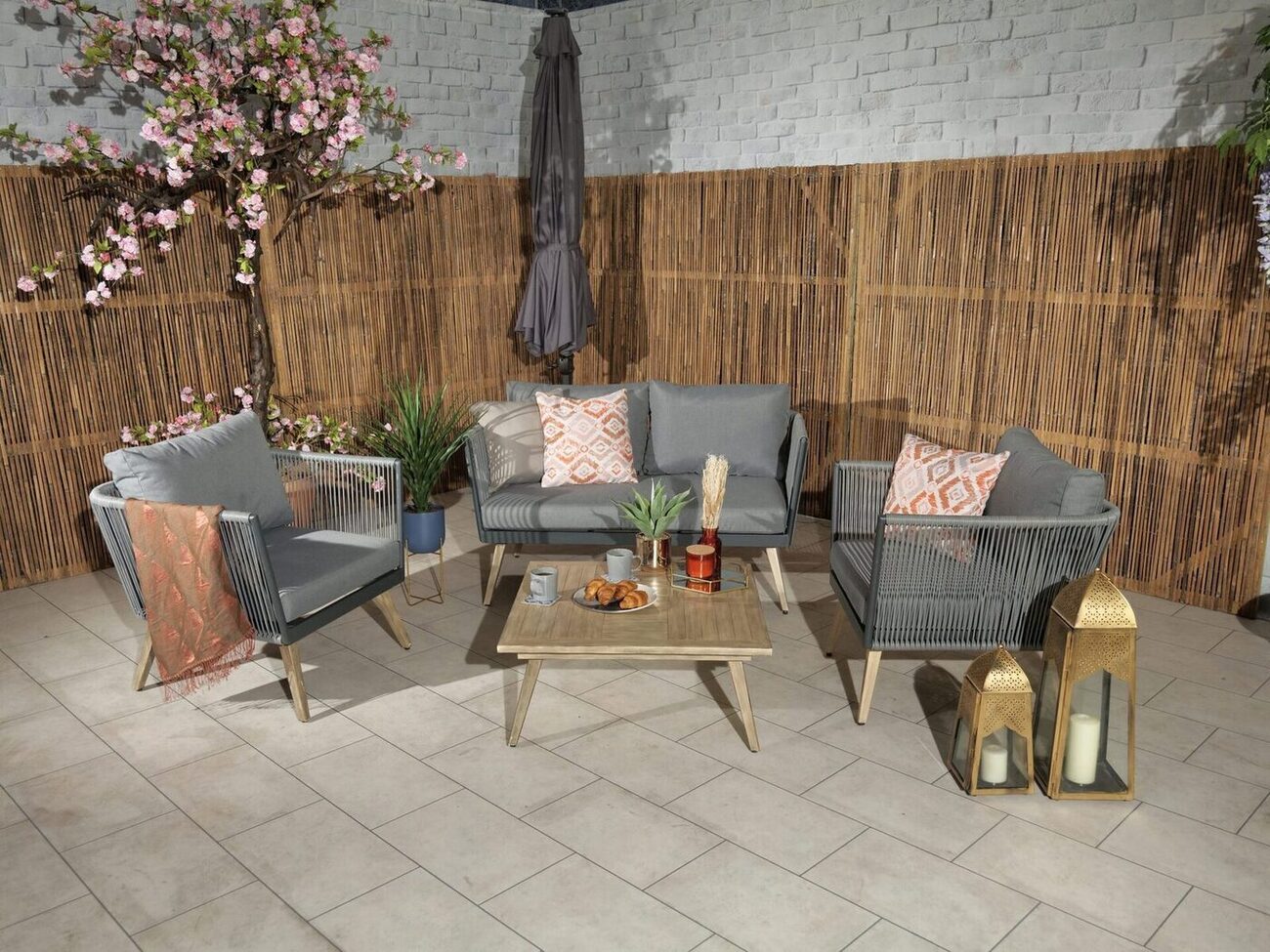
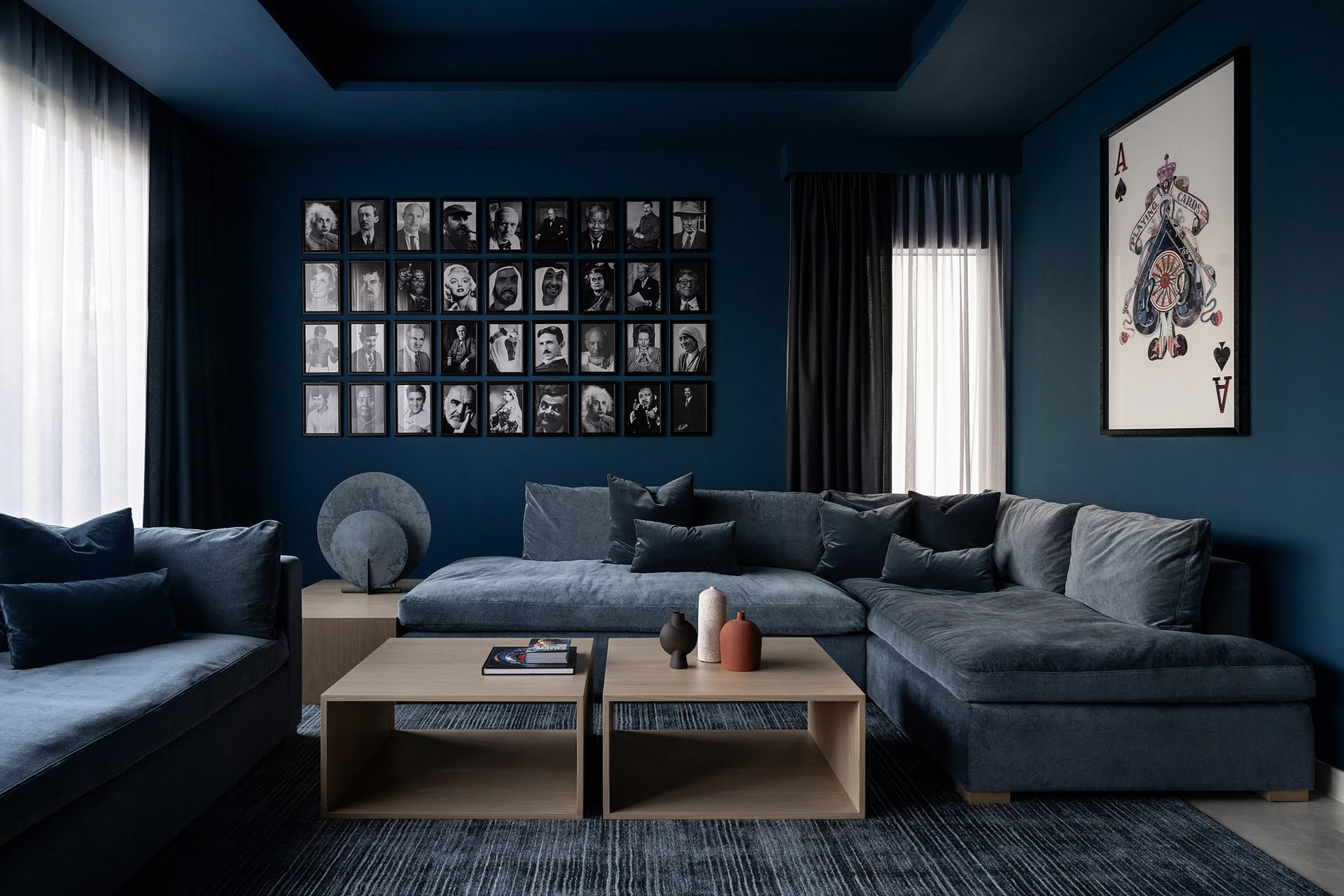
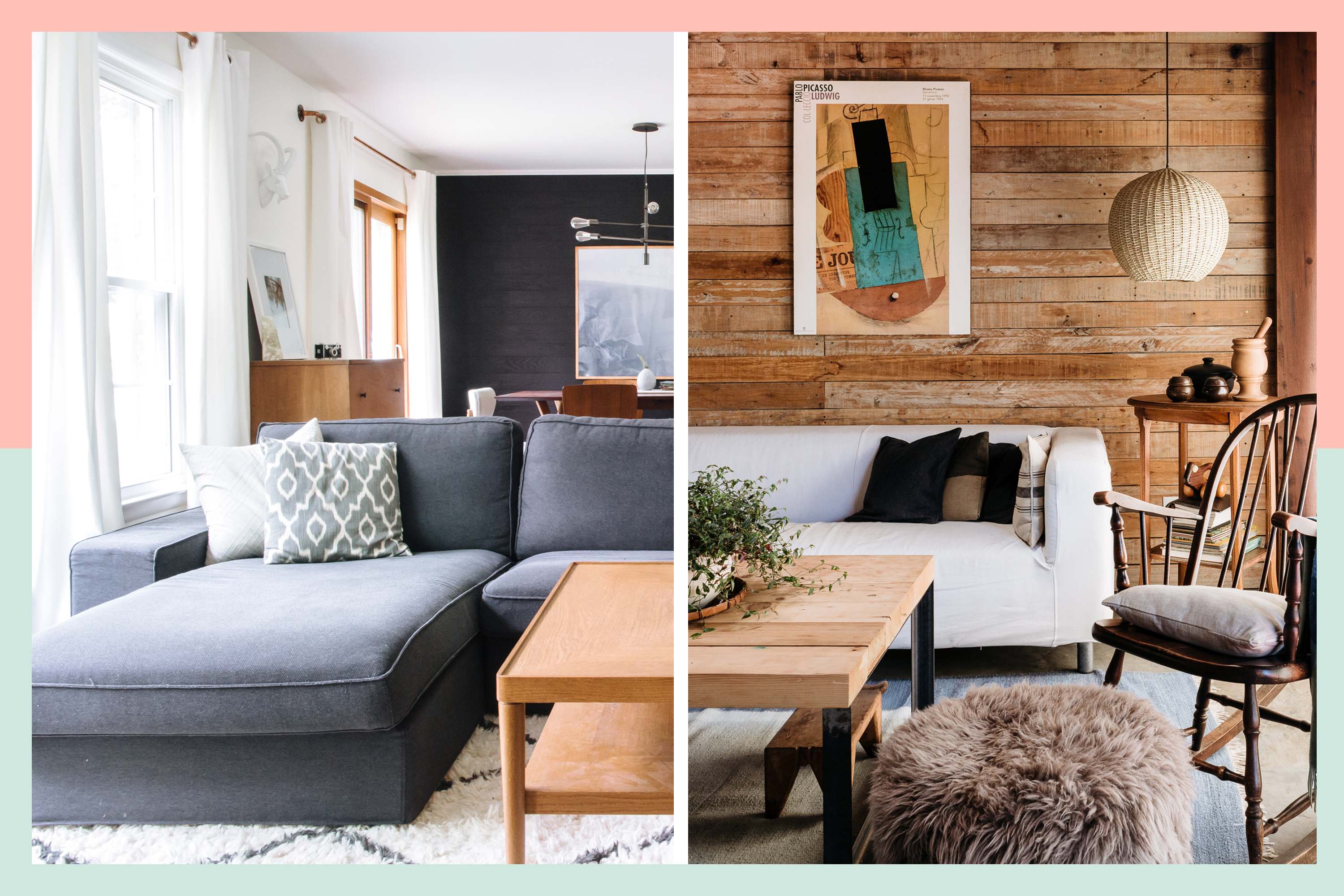
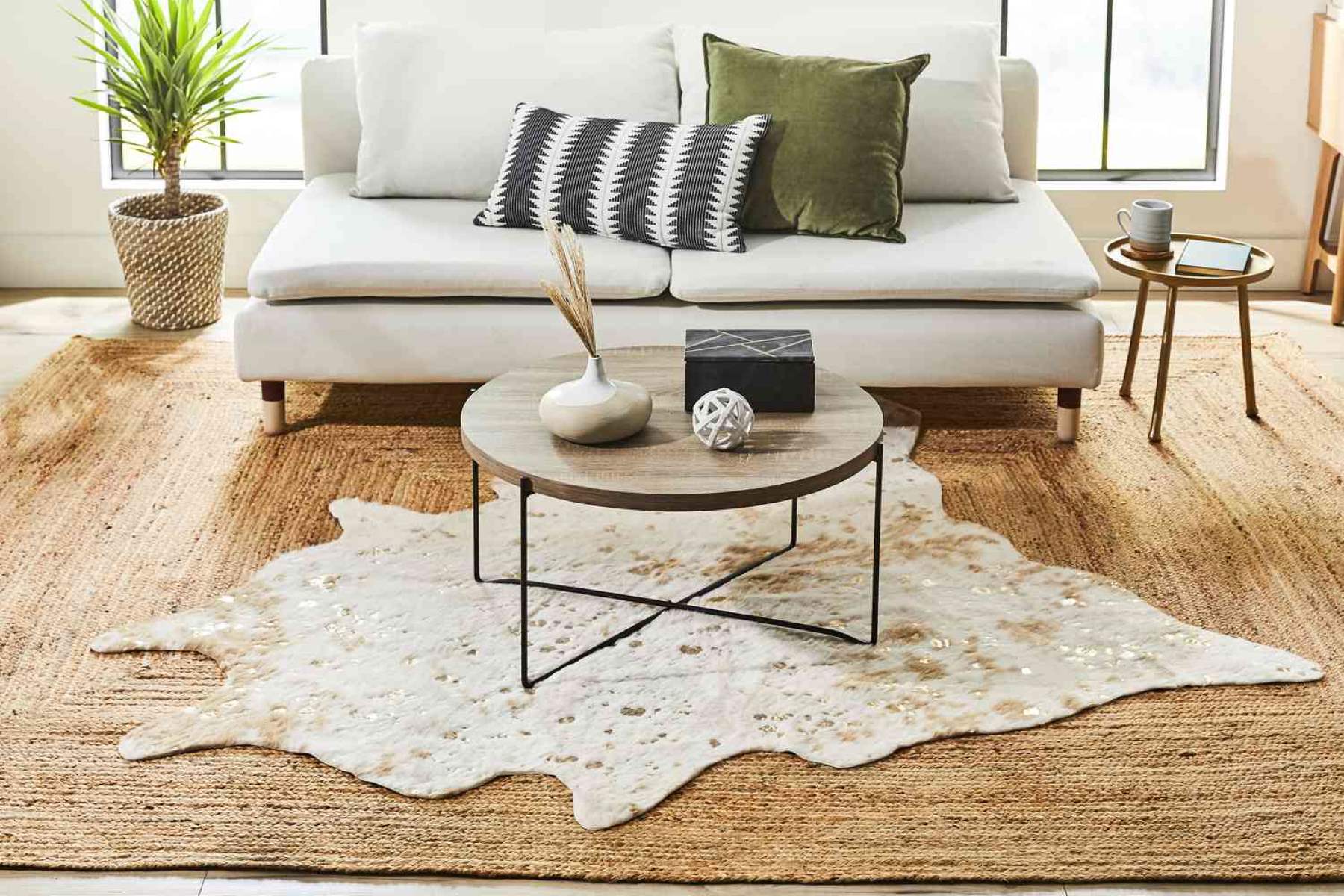

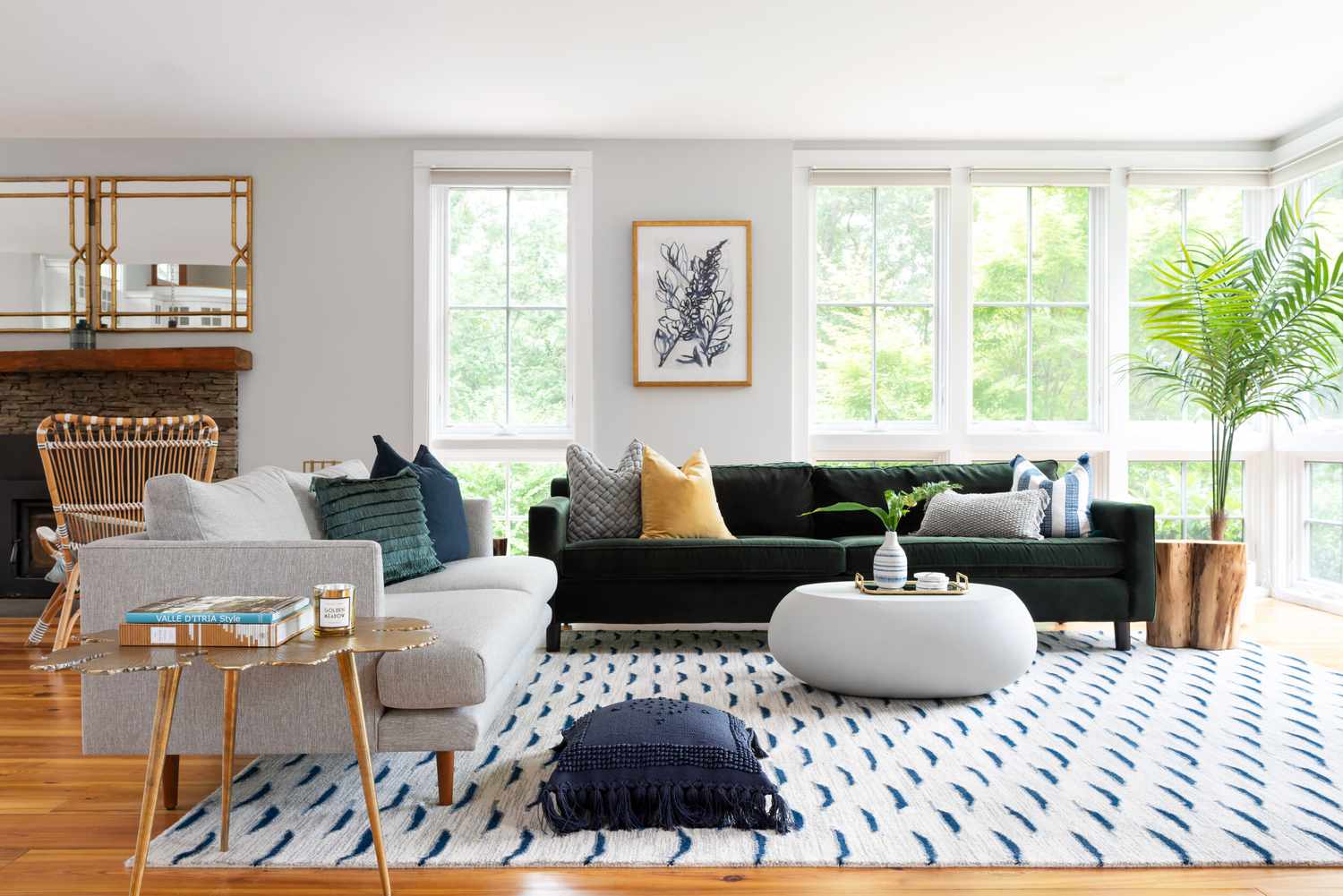
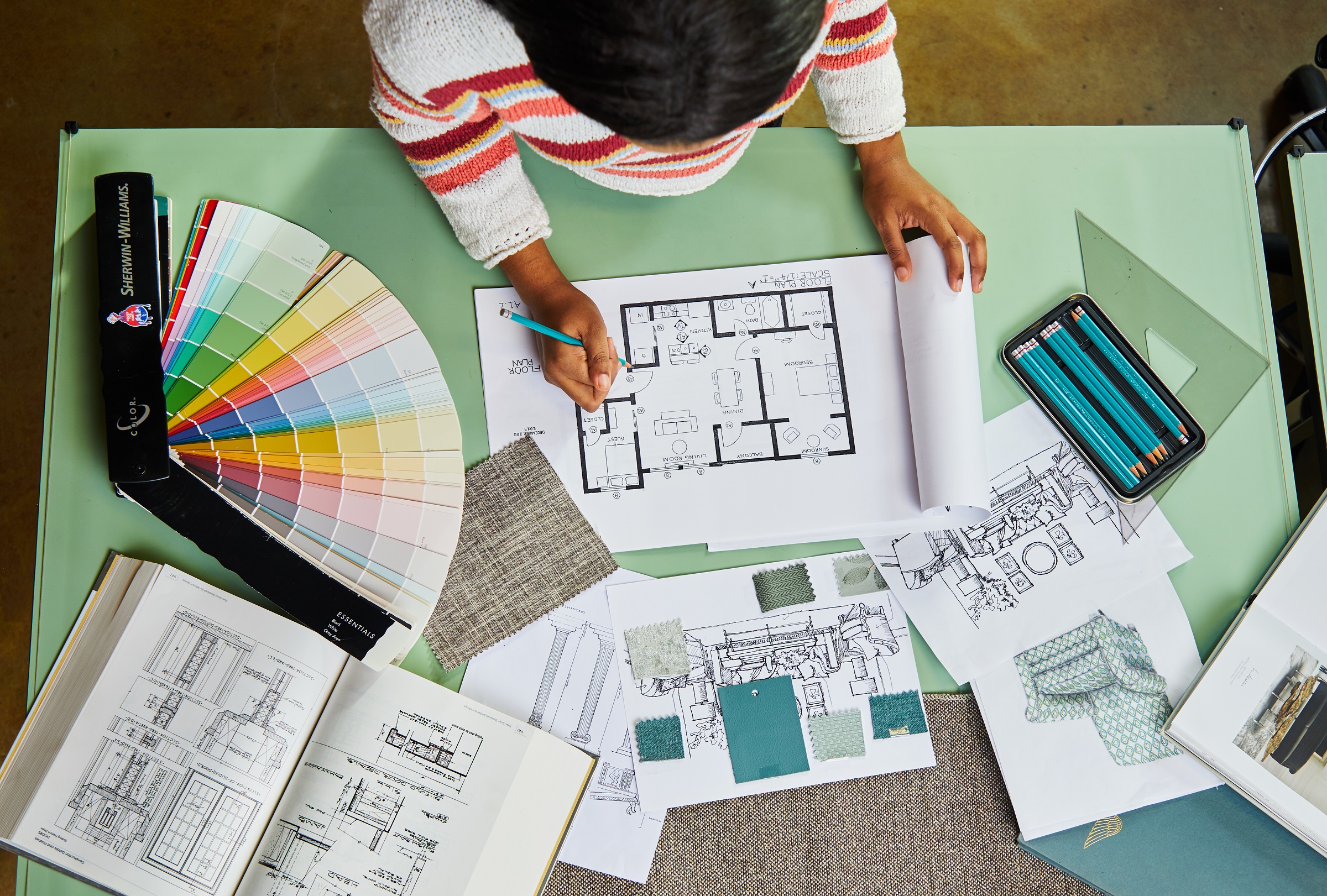
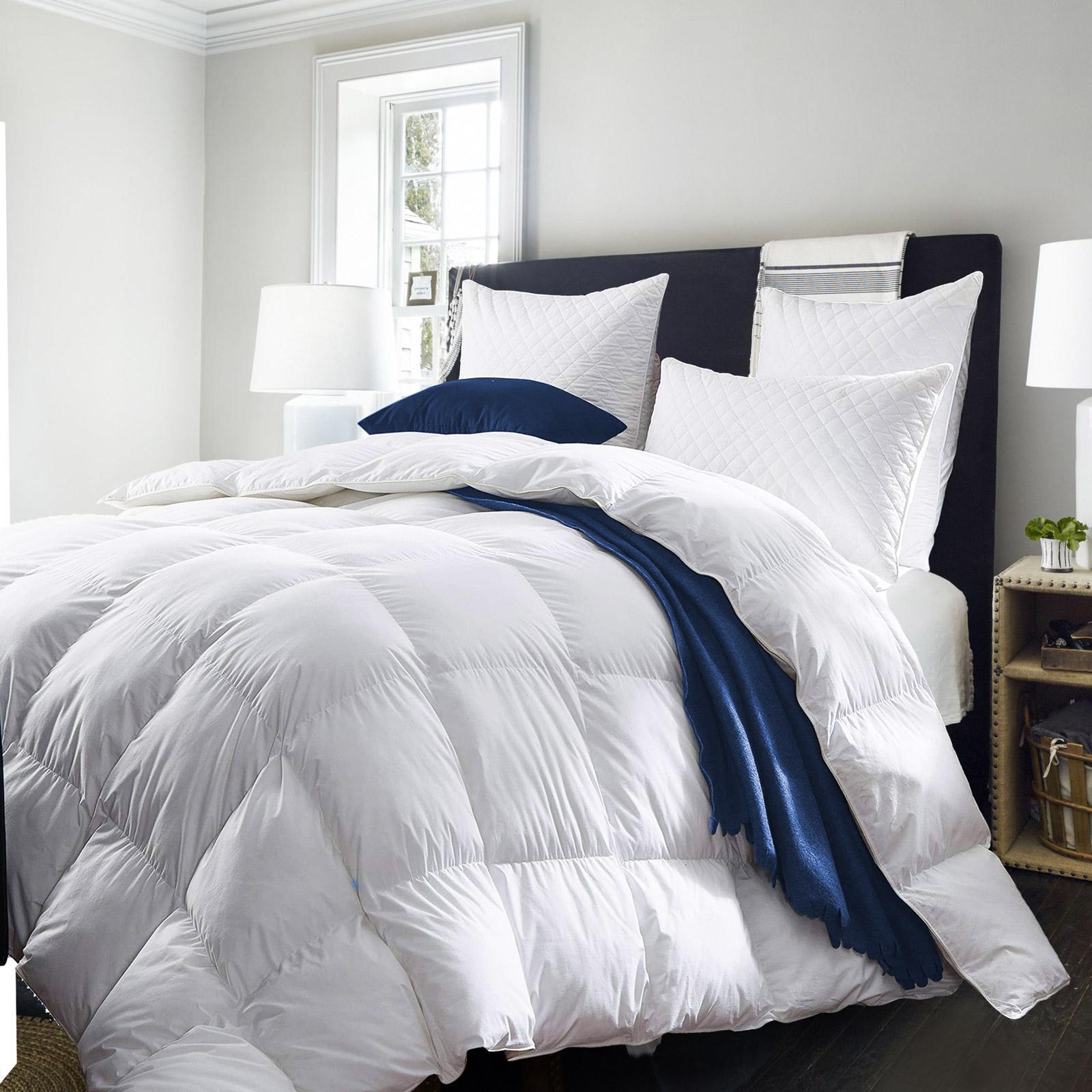
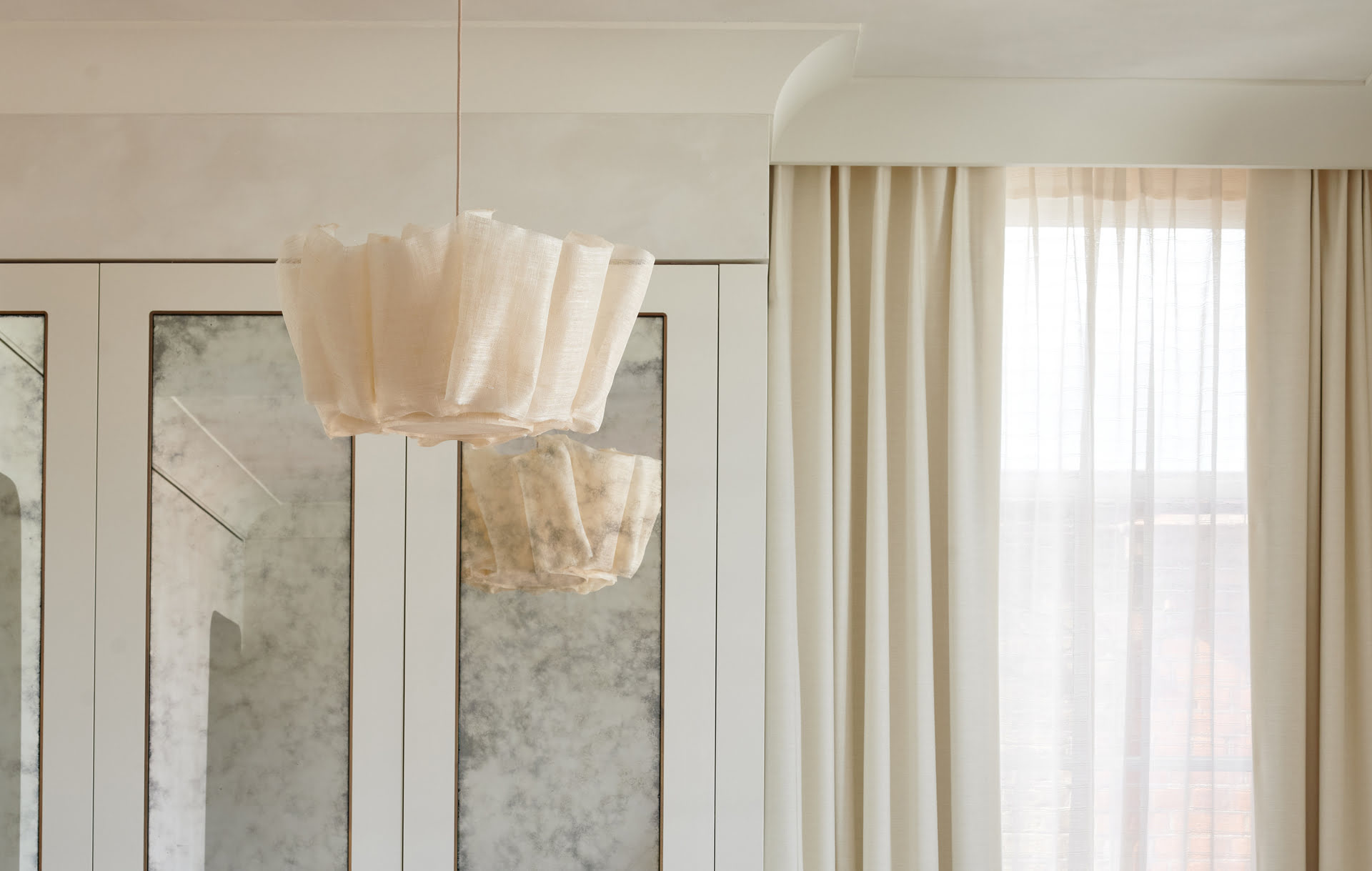
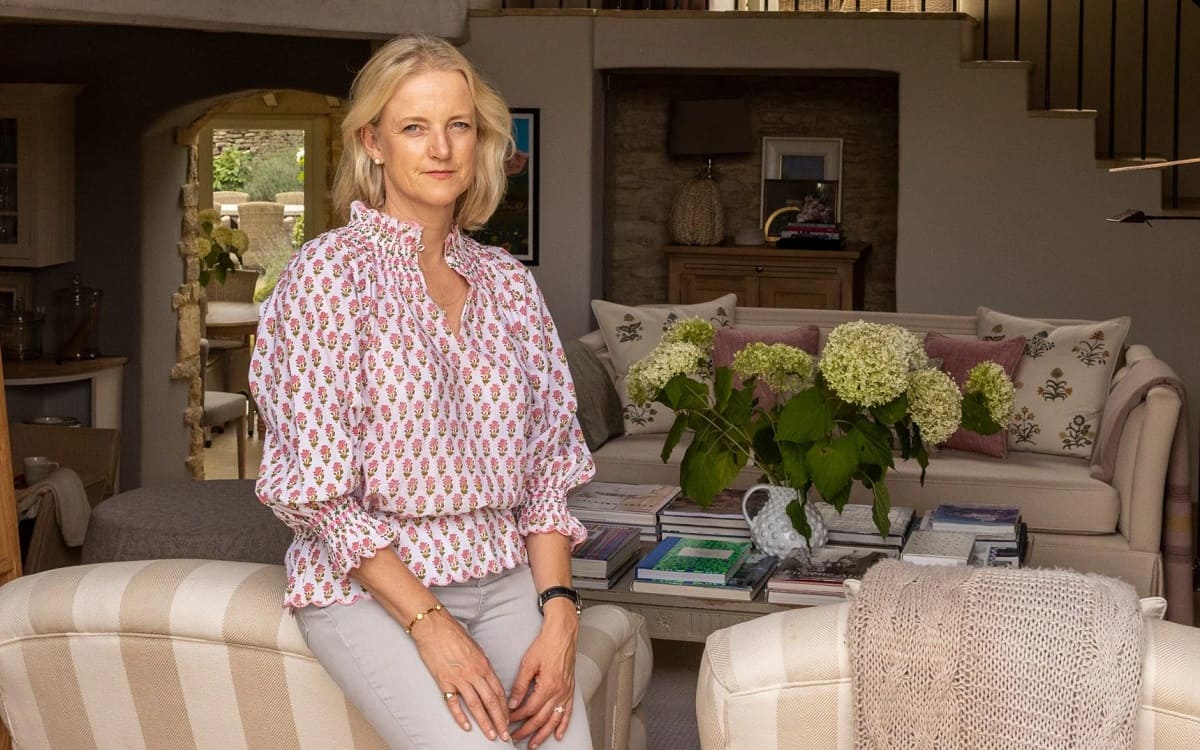

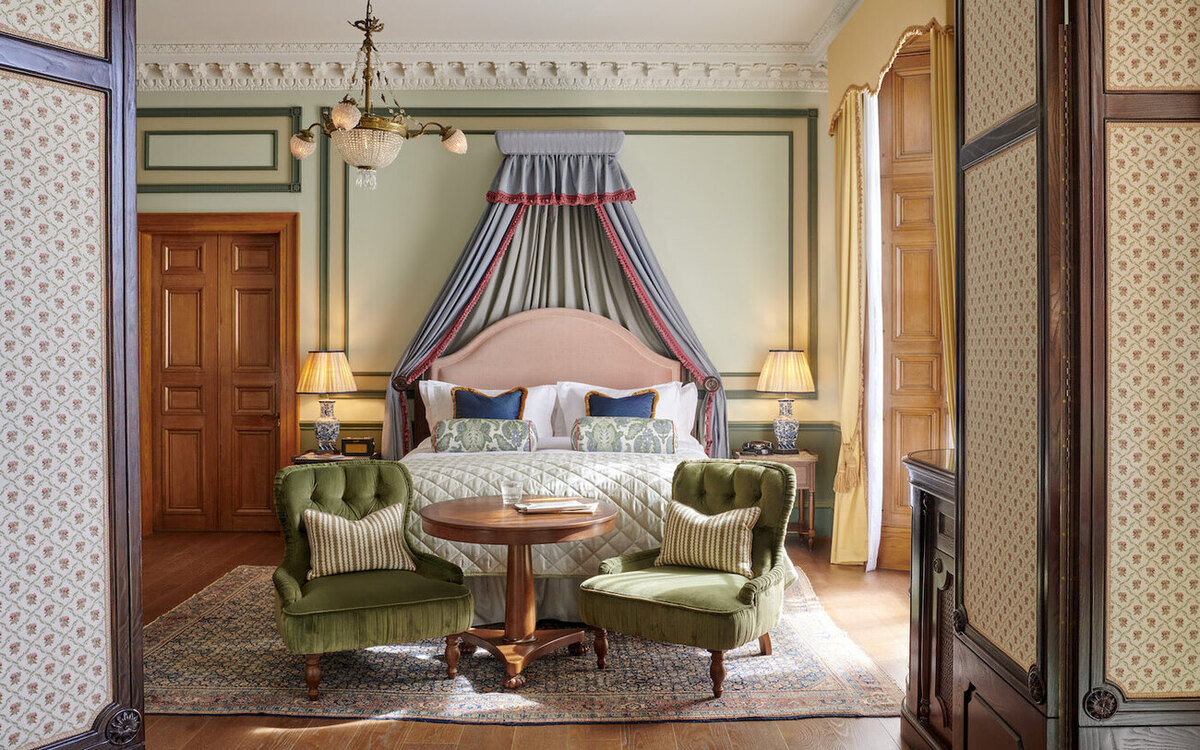

0 thoughts on “Layerism: The New Maximalism In Interior Design”